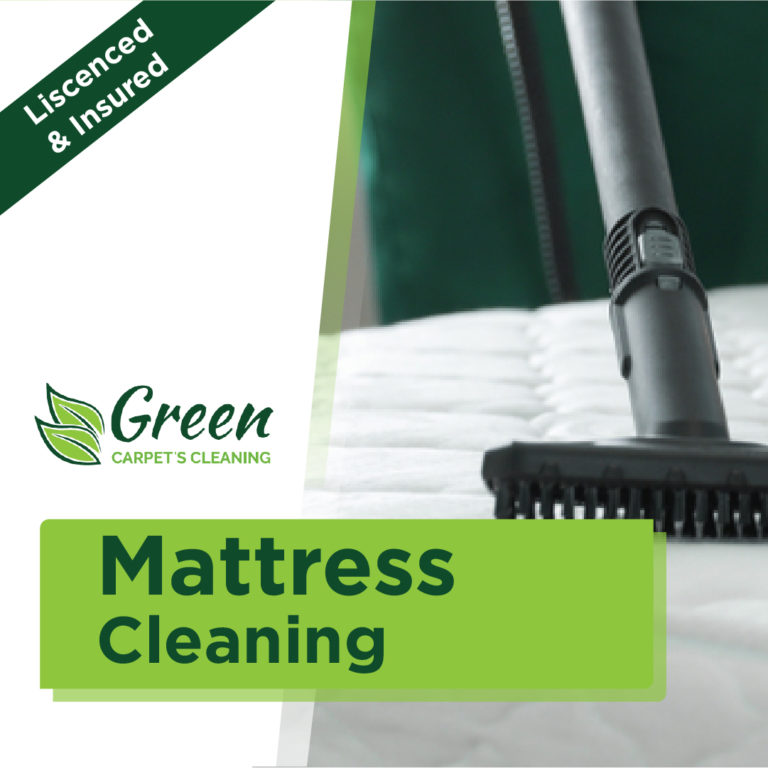WHICH DRAPERY FABRICS ARE WASHABLE VS. DRY CLEAN
Drapery Cleaning in North Hills — Drapery is often failed by homeowners in regards to its maintenance. While the upholstery is left to chance, we usually tend to care about our carpets. No doubt the majority of drapery fabrics require dry cleaning and maintenance, which explains why we often dismiss them.
You might be surprised to find that some curtains and drapes may be laundered with little trouble at home! So, read on to determine which cosmetic and fabrics are washable and that must be dry cleaned.
Does it Matter If You Wash or Dry Clean Your Drapes?
The routine and proper cleaning of materials is vital for many reasons. If forgotten, not only do they look unpleasant and dirty, but may become a big issue for people with allergies. We have to always look after them in order to prevent extending, and pulling if the majority of drapery fabrics don’t seem that delicate, guided a specialist from Fantastic Services. Curtains are measured to hang a particular distance or to float on the ground. Washing a clean only fabric may modify the appearance of your drapes or ruin the fabric.
Are subject to these distortions. You have to launder curtains made solely from machine-washable fabrics to prevent shrinkage. If you do use a washing machine, constantly clean them with water and use the cycle of the laundry system, but don’t dry them out there. Allowing delicate fabrics to hang out of a point can be problematic, as drapery can elongate, distorting the shape or pattern. Lay the drapery level to maintain their physical appearance and preserve the quality.
Which Fabrics Could You Wash at Home?
Some cloths need to be washed by hand, while others can be put by you in a system. Linen and cotton can be cleaned in cold water or on the delicate cycle, but only if they are unlined. Stronger fabrics such as polyester and nylon could be washed in a machine and by hand, together with wool and fleece. Keep in mind that nylon and polyester fibers become degraded from dry cleaning solvents, so washing them by hand or in a machine isn’t just an alternative. It is the only real way to clean them without any damage. Polyester fabrics don’t need to wash and can be hung right after you clean them.
Silk fabrics can also be hand-washed.
Most times, the material’s color is the one. Colours — and colours that you’re sure won’t bleed — may be cleaned that way. When you treat this sort of cloth, use hand motions that are gentle and mild dishwashing soap. Otherwise, dry clean silk substances.
Your curtains always vacuum them first.
You will also have to pre-treat spots or any spots with a stain-removing solution. There are many distinct kinds of detergents, based on the kind of cloth, so be sure to pick the right one for your drapery. The substance to absorb the solution will be helped by A little lukewarm water. Follow your stain remover’s package directions and allow the product to sit for the period of time.
Always do a check on a small part of the fabric to make sure it’s color-fast If your drapery is suitable for machine or hand washing. Dip a corner at a mixture of water and the detergent. If the color starts to bleed, you need to hunt for another cleaning alternative. Remember that every cloth comes with a list of instructions where you could see the suggested way of cleaning. Frequently if the drapery itself is acceptable for washing, the lining isn’t.
To hand-wash drapery fabric,
Soak it tub or a bucket filled with cool water and detergent.
Allow the cloth simmer for 30 minutes to an hour.
Squeeze the water out, being careful not to use too much force so that you don’t accidentally wrinkle fabrics that cannot be pressed, like velvet and cotton. Some fabrics can be ironed while still damp, to eliminate wrinkles. If you’re unsure, eliminate wrinkles from drapery fabrics.
Which Fabrics Must be Dry Cleaned?
Some fabrics can’t be washed in the home. Drapes with other embellishments, beading, a liner or pleating should always be dry cleaned. Furs, tapestry fabrics, crushed velvet, delicate synthetics like rayon, taffeta, satin, suede, and brocade are among the fabrics that have to be dry cleaned.
You might want to dry-clean items which are stained or soiled. Bear in mind, it is wiser and safer to dry-clean curtains when you aren’t confident you can remove stains at home. There is if you neglect to remove a blot in your home.
Most drapes have a care label that lists the fabric and washing instructions. If your drapes are hand sewn or hand, a fabric store or an professional cleaner ought to be able to recognize the material and determine the care for it. Whatever fabric your curtains are made of, find out how to keep and clean them so as to maintain the look of your home.
What is the best fabric for Drapery in North Hills














